Mozambique: Maputo National Park records 23 million meticais in revenue
Mozambique: Gorongosa Park aerial wildlife count to begin in October, cover 220,000 ha
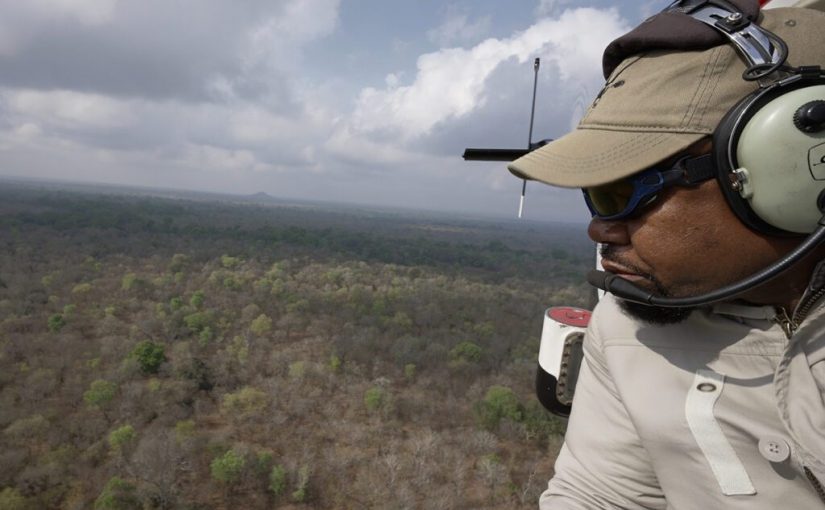
FILE - For illustration purposes only. Gorongosa National Park ,a view of the 2022 aerial wildlife count [File photo: Gorongosa National Park]
Gorongosa will begin an aerial census in October to ‘track’ the number and distribution of the different animals living in the more-than 220,000-hectare conservation area in central Mozambique.
“We’ve been doing this survey every two years since 2014. This will be the sixth survey using the same methodology (…) The aim is to track the numbers and distribution of the different species,” the science director of Gorongosa National Park, Marc Stalmans, explained to Lusa on Friday.
“It takes us approximately two weeks to cover around 220,000 hectares of the park,” he added, preferring not to put specific expectations for this survey “so as not to bias” the observations.
The last aerial count of wildlife in the area occurred in 2022. It documented the presence of more than 100,000 animals in 60% of Gorongosa National Park, including around 1,500 blue wildebeest, more than 1,400 buffalo and 900 hippos.
This survey specifically detected the presence of 2,875 crocodiles, 620 elephants, 9,907 impalas, 5,685 warthogs and 41 zebras, among other species.
“The lower elephant count in 2022 should not be alarming,” according to the same report, recognising that no carcasses were observed in the aerial count or by ground patrols “as a result of poaching”.
“It appears that the Gorongosa elephant population is healthy and growing,” it adds.
Gorongosa was Portugal’s first national park in 1960, during the colonial era. The civil war that followed Mozambique’s independence tore it apart between 1977 and 1992.
In 2008, the foundation of American millionaire and philanthropist Greg Carr signed a 20-year management agreement with Mozambique’s government—extending it for another 25 years in 2018—which has led to its renewal on several fronts. Social projects allied to conservation and the number of animals have grown from 10,000 to over 102,000.
More than 20 years ago, Greg Carr rediscovered Gorongosa and Mozambique’s most important park has never been the same again, rehabilitated with more fauna and flora geared towards the community, leaving the American millionaire and philanthropist thrilled.
“I think it is the best park in the world because we have biodiversity and beauty. Our project has two objectives: nature conservation and human development for the communities around the park. We have agriculture, health and education projects. I’m proud,” Carr explained in an interview with Lusa this month in Chitengo, in the heart of Gorongosa National Park.
For Greg Carr, Gorongosa has also become his home for 20 years: “Yes. 50/50, Gorongosa and the United States,” he adds, mixing Portuguese and English, while saying that this is a public-private partnership: “It’s a team effort with the government”.
“I met former President Joaquim Chissano more than 20 years ago; he’s a good visionary who wanted to see Gorongosa restored but wanted to include human rights for the park to help people. And I liked that vision of doing both,” Carr recalled.
Today, the park is almost a world apart in Mozambique, with 1,700 workers, including seasonal labourers and a force of nature rangers who work throughout the territory. Gorongosa coffee and honey are already produced in the park’s area, with a view to export, representing income for thousands of families.
“We are the largest employer in the centre of Mozambique,” he said.
“What’s unusual is that the largest number of workers are from outside the park. Inside the park, we have nature rangers, scientists, and tourism support workers, but outside, we have agricultural technicians, education and health promoters. And because we’re building many things outside the park, like schools, we have contractors. I think we spend two-thirds of our time and investment outside, in the Sustainable Development Zone,” he explained.
“We have been doing this census every two years since 2014. This will be the sixth census using the same methodology. (…) The objective is to track the numbers and distribution of different species,” Gorongosa National Park’s science director, Marc Stalmans, explained to Lusa on Friday.
“It took us approximately two weeks to cover around 220,000 hectares of the park [last time],” he added, preferring not to give specific expectations for this survey “so as not to bias” any observations.
The last aerial wildlife count in the area was carried out in 2022 and documented the presence of more than 100,000 animals in 60% of Gorongosa National Park, including around 1,500 blue wildebeest, more than 1,400 buffalo and 900 hippos.
The 2022 aerial census also detected the presence of 2,875 crocodiles, 620 elephants, 9,907 impalas, 5,685 warthogs and 41 zebras, among other species.
“The lower elephant count in 2022 should not be alarming,” the 2022 report reads, pointing out that no carcasses “as a result of illegal hunting” were observed in the aerial count or by ground patrols.
“By all indications, the elephant population in Gorongosa is healthy and growing,” it also states.
Gorongosa was Portugal’s first national park, established during the colonial era in 1960, but was decimated between 1977 and 1992 by the civil war that followed Mozambique’s independence.
In 2008, the foundation of American millionaire and philanthropist Greg Carr signed a 20-year management agreement with the Mozambican government – extending it for another 25 years in 2018 – which has led to its renewal on several fronts, with social projects combined with conservation and with the number of animals growing from 10,000 to more than 102,000.
More than 20 years ago, Greg Carr rediscovered Gorongosa and the most important park in Mozambique has never been the same again, rehabilitated, with more fauna and flora, focused on the community, leaving the American millionaire and philanthropist thrilled.
“In my opinion, it’s the best park in the world. Why? We have biodiversity, beauty. Our project has two objectives: nature conservation and human development for the communities around the park. We have projects in agriculture, health, education. I’m proud,” Carr began by explaining in an interview with Lusa last month in Chitengo, in the heart of Gorongosa National Park.
For Greg Carr, Gorongosa has also become his home over the last 20 years: “Yes. 50/50, Gorongosa and the United States,” he added, mixing Portuguese and English, while at the same time guaranteeing that it is a public-private partnership: “It’s a team effort with the government.”
“I met former President Joaquim Chissano over 20 years ago. He’s a good man, a visionary, who wanted to see Gorongosa restored, but wanted to include human rights, for the park to help people. And I liked that vision of doing both,” Carr recalled.
Today, the park is almost a world within Mozambique, with 1,700 workers, including seasonal workers, and a force of rangers that operates throughout the territory. Coffee and Gorongosa honey are produced in the park, with exports in mind, providing income for thousands of families.
“We are the largest employer in central Mozambique,” he assured.
“What is unusual is that the largest number of workers are from outside the park. Inside the park we have nature rangers, scientists, tourism support workers, but outside we have agricultural technicians, education and health promoters. And we are building many things outside the park, such as schools, we have contractors. I think we spend two-thirds of our time and investment outside, in the Sustainable Development Zone,” Carr told Lusa.



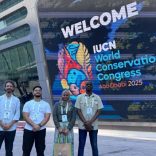
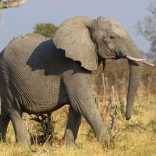
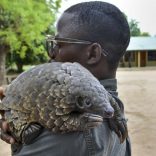
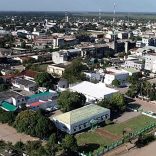
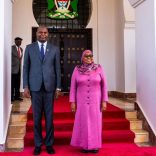
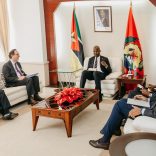

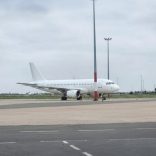
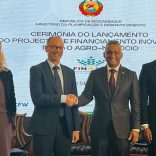

Leave a Reply
Be the First to Comment!
You must be logged in to post a comment.
You must be logged in to post a comment.